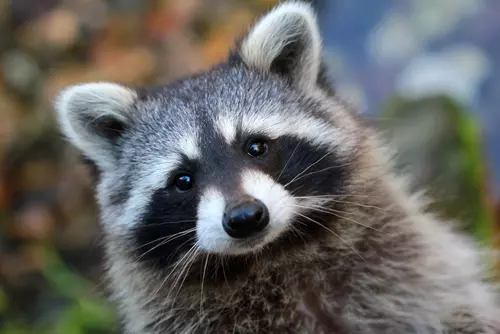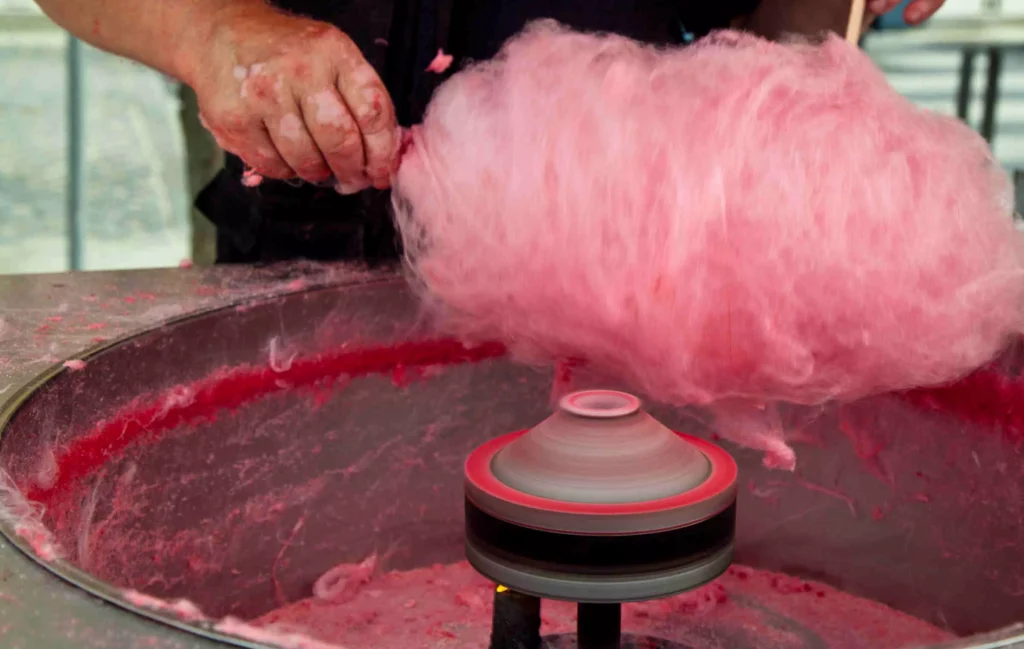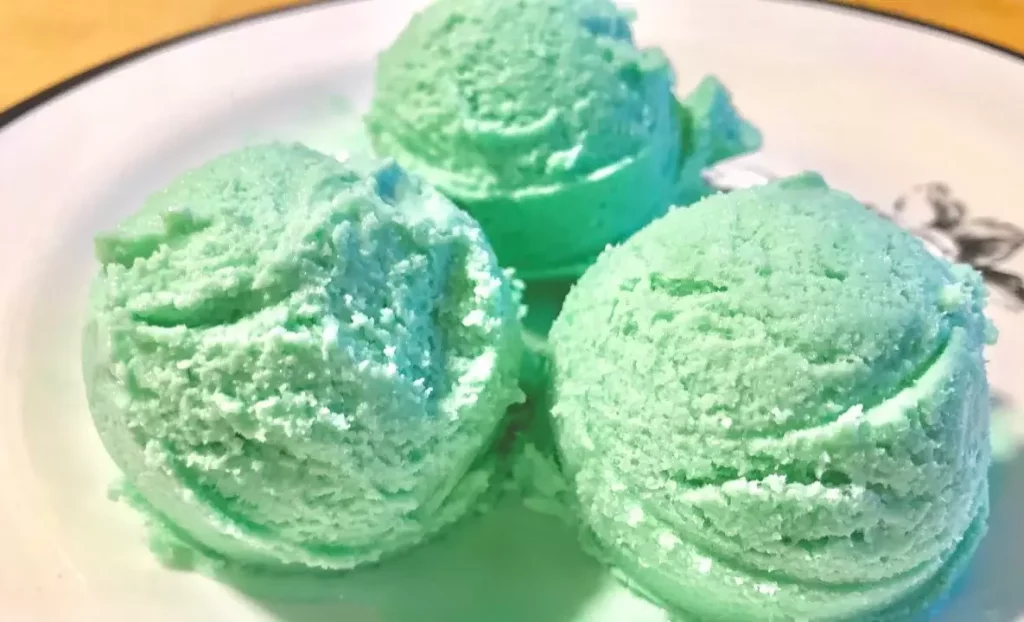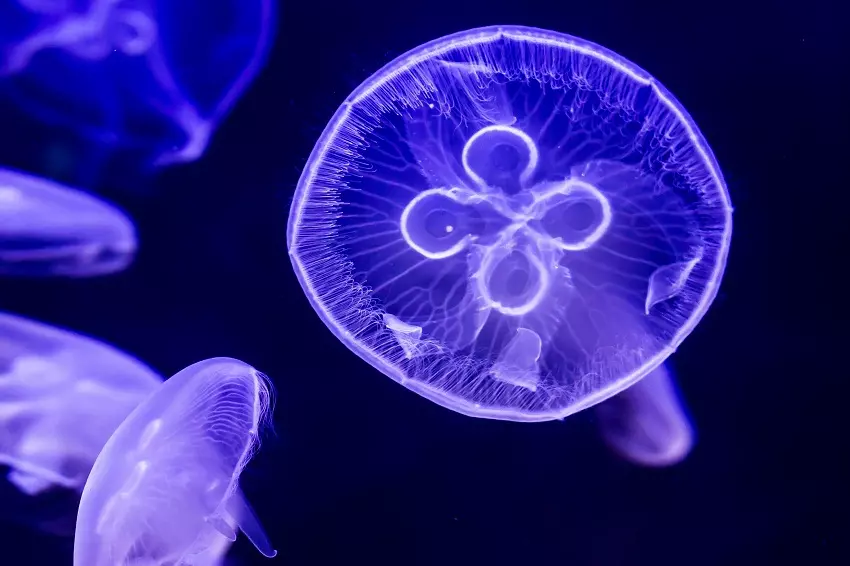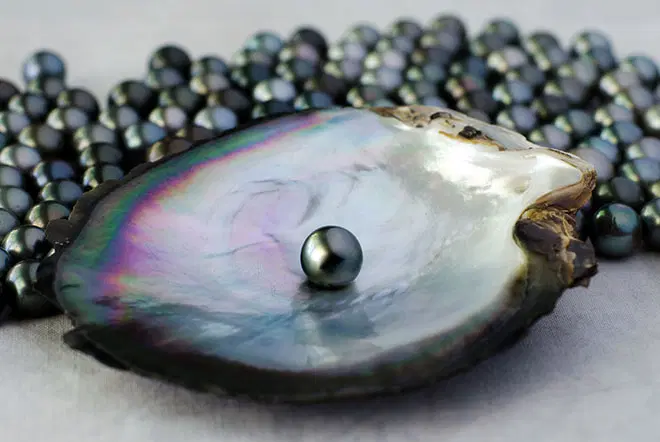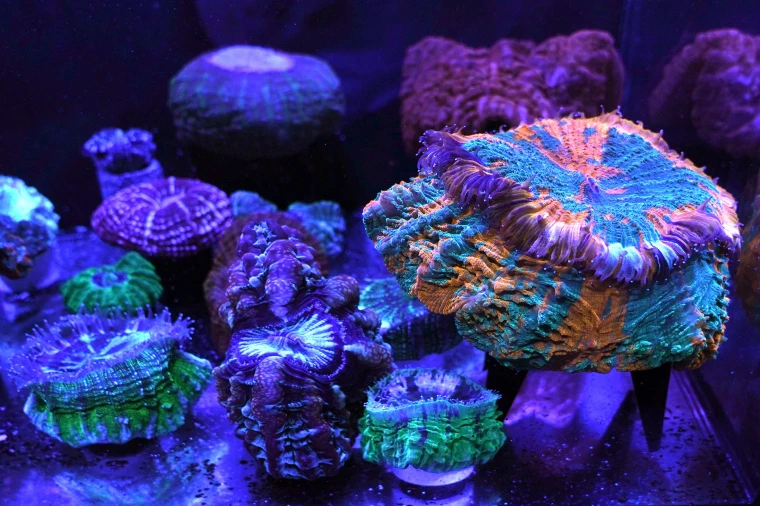Are Raccoon Breeds Good As Pets ?
Raccoons are wise creatures. They have strong memories and can solve problems. Raccoons are wild animals, therefore removing one from its natural habitat won’t be beneficial and is probably prohibited. Different raccoon breeds can make affectionate and entertaining pets if you discover one that has been domesticated or rehabilitated.
Raccoons raised in captivity can be socialized and taught to use the bathroom. However, pet raccoons like playing just as much as they enjoy cuddling. Raccoons kept in captivity can be capricious and naughty. They do not do well in cages or small spaces because they prefer to climb and explore. Raccoons make great pets, but they require a lot of care and attention.
Problems Of A Raccoon Breed As A Pet :
You can experience difficulties if you maintain a raccoon as a pet in your house. Some are as follows,
Different Temperaments :
Raccoons are violent animals that have been known to bite people, pets, and other animals. If they are not domesticated, adult raccoons can develop violent behavior as early as six months of age. Raccoons can be curious and sociable animals. Other raccoons could be wary and run away if confronted.
Bearers Of Disease :
Raccoons can transmit rabies, and there is currently no authorized rabies vaccine, so if your raccoon attacks or scratches someone, they may be taken away and put to sleep as a safety measure and tested for the disease. Salmonella, leptospirosis, distemper, and flea-borne parasites are among the diseases that raccoons can carry and spread to humans. People who have baylisascaris, which is brought on by raccoon roundworms, risk dying.
Having Trouble Finding Care :
Finding a veterinarian who specializes in raccoon care may be challenging, even in states where keeping one as a pet is permitted. Find someone who is knowledgeable and experienced with exotic pets, and make sure to question them, particularly about raccoons. You probably won’t be able to board your raccoon-like you might with a cat or dog if you need a pet sitter while you’re away. You’ll need to locate a buddy or recruit a specialist who can keep an eye on your pet raccoon’s requirements while you’re away.
Prankster Nature :
Raccoons are cunning creatures that do several jobs with their long-fingered paws, including opening doors and unscrewing lids. Due to this, it may be challenging to keep kids out of places or objects they shouldn’t access.
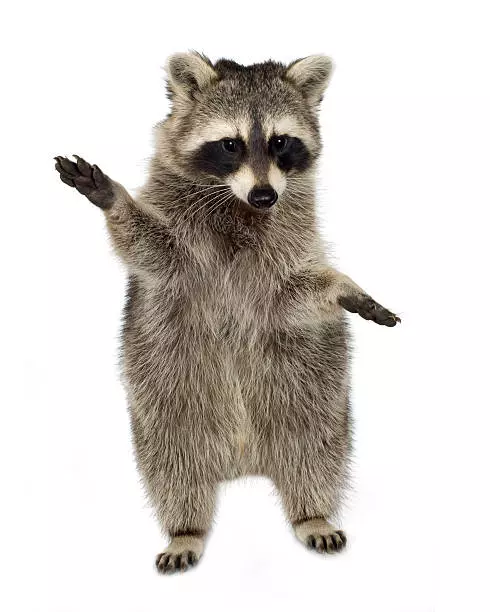
If None Of These Were Enough To Stop You From Considering Them As A Pet, Continue Reading About The Raccoon Breeds And Get To Know Which One Is Best As A Pet...
The Three Main Raccoon Breeds :
1. Procyon Cancrivorus
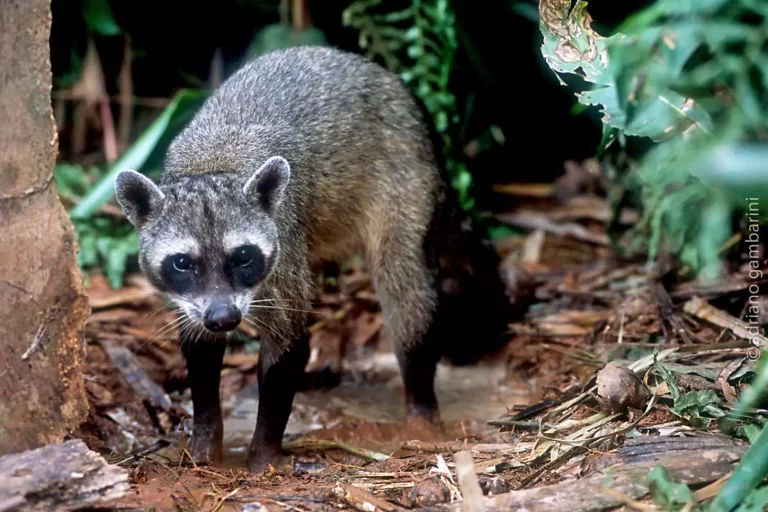
This particular species of raccoon, often known as the crab-eating raccoon, does consume crabs. However, it consumes a variety of foods, just like other raccoon species.
This species of raccoon bears a lot of resemblance to raccoons found in the United States but has somewhat different fur patterns. One’s size makes it simple to see one. Because of its thin fur, it appears smaller and skinnier.
Procyon cancrivorus can be found throughout South America and some areas of Costa Rica.
It Is Not Viable To Be Had As A Pet.
2. Procyon Pygmaeus
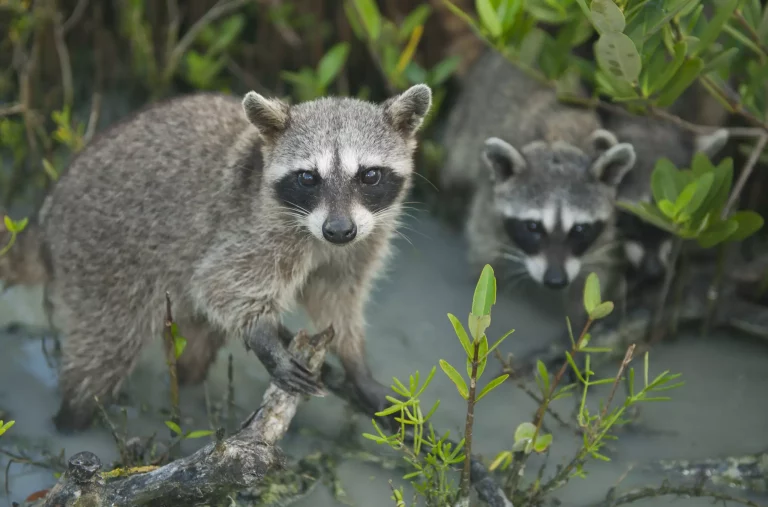
One of the raccoon breeds also referred to as the Cozumel raccoon, is only found on Cozumel Island, which is off the Yucatan Peninsula in Mexico. You will never encounter this animal on your land because it is extremely endangered.
It Is Not Viable To Be Had As A Pet Either.
3. Procyon Lotor
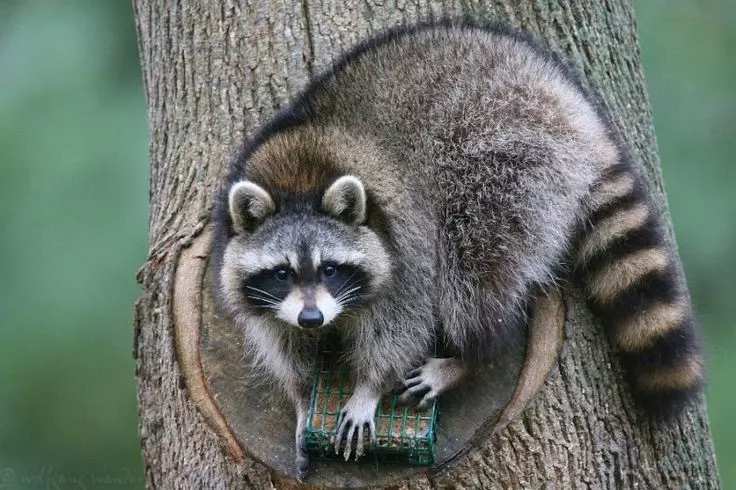
One of the raccoon breeds you observe skulking around your property is a Procyon lotor, the largest and most well-known of the three species on this list. Except for Arizona, Nevada, and Utah, it is widespread throughout much of the United States. Along with nations like Japan, Russia, and Germany, it is also common in Canada, especially in Toronto.
The Procyon lotor species population has grown dramatically in several areas of Canada and the United States. It is now regarded as a typical domestic nuisance as a result. Procyon lotor species are occasionally kept and raised as pets, particularly if they have already adapted to city or urban life.
It Is The Best Choice For A Pet.
Raccoon Breeds Common Pet Info :
Friends
If you have the time to keep it busy, the raccoon, also known as coon or just coon, is an active and demanding pet that may be a very gratifying friend. Raccoons come in a variety of species, but the Common or Ring-tailed raccoon, Procyon lotor, is the one that is kept as a pet the most frequently. Other names for the species include the Northern raccoon and North American raccoon. Although it is native to North America, Procyon lotor is now also found in Europe, Japan, and the Caucasus. Since they are such adaptable creatures, they are now frequently seen in many suburban and even metropolitan locations. Due to their propensity for rummaging through trash, raccoons are frequently considered to be a nuisance.
Appearance
Raccoons have an extremely distinctive appearance thanks to their recognizable facial mask and striped tail. They utilize their extremely sensitive paws to feel their way to food using them. They are opportunistic omnivores who will consume nearly anything. Nearly 50% of a wild raccoon’s diet typically consists of invertebrates, with plant debris and small vertebrates being other frequent food sources. They occasionally “wash” their food before eating it in a nearby body of water; this practice is said to replicate their natural foraging at the water’s edge.
Maturity And Ownership
Raccoons mature at a length of 40–70 cm (16–28 in) and a weight of 4–9 kg (8.5 and 20 lbs).
Unrelated males occasionally reside together, and related females frequently share a common space. This behavior is thought to make it simpler for them to defend their territory. Territories can range in size from 0.03 km2 for females in urban areas to 50 km2 for men in prairie areas.
Raccoon ownership is governed by laws in several states, some of which call for a license. Before obtaining one, make sure you abide by all requirements.
Pet Raccoon Breeds Taxonomy :
Kingdom: Animalia
Phylum: Chordata
Class: Mammalia
Order: Carnivora
Family: Procyonidae
Genus: Procyon
Species: Procyon lotor
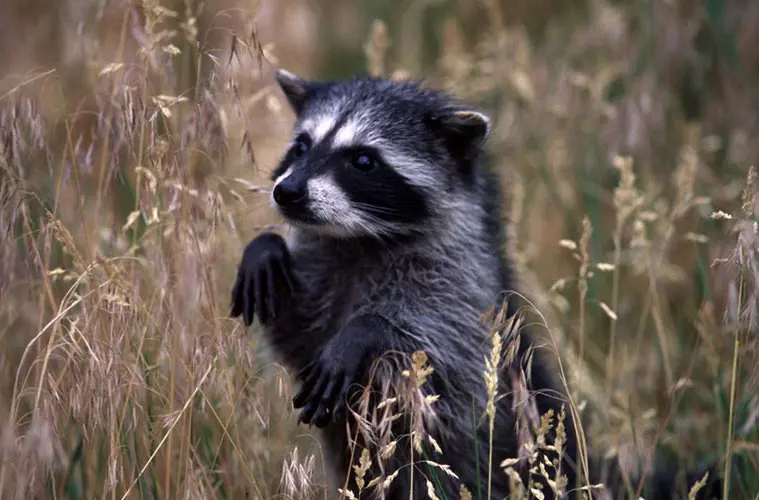
Care For These Pet Raccoon Breeds :
These pet raccoons are simple to maintain and can be housed in a similar way to cats and dogs. They enjoy frolicking and exploring. Raccoons are particularly demanding pets because of this behavior, which can be amusing for you but also means that they need continual attention. Ensure that all latches and doors are childproofed. They are easily able to be trained to use a litter box and can be maintained indoors or outdoors in cages that are at least 120 × 120 cm (4 x 4 ft) in size. Ideally, a raccoon housed in a cage should be let out every day to play and explore.
It’s crucial to supply raccoons with plenty of water (if possible running water). They ought to have access to sufficient water to wash their food before eating it. Raccoons are frequently compared to monkeys because they may grow very docile. Raccoons are wild creatures, thus experts frequently advise against keeping them since they can be unpredictable. During the mating season, they may also exhibit greater aggression.
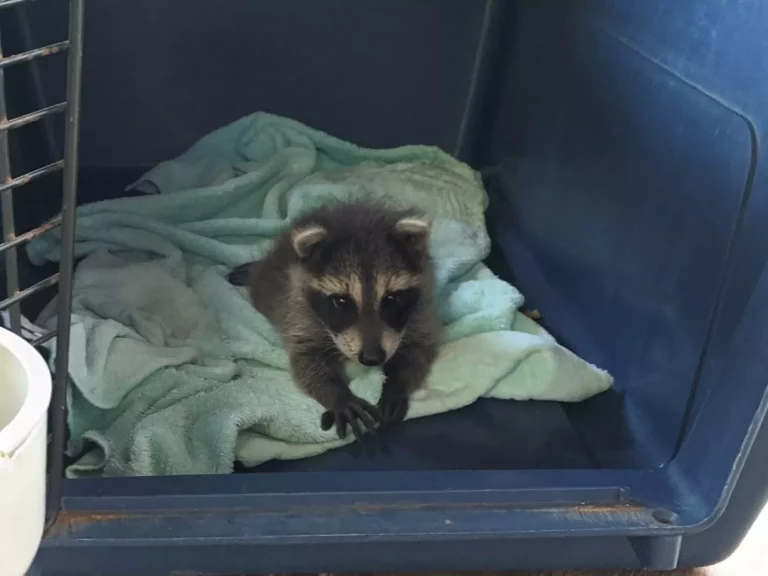
Feeding These Pet Raccoon Breeds :
Omnivorous raccoon breeds are fairly simple to feed. They can be fed a range of commercial diets that are sold and made specifically for cats and/or ferrets. They will favor a diversified diet with occasional special treats. Including foods like invertebrates, fish, eggs, and veggies in your raccoon’s daily diet can keep him content. By including such foods, they can also improve the naturalness of their diet. Raccoons have been seen practicing table begging. Giving children spicy or salty food is something you should avoid doing in order to avoid fostering this tendency.
Raccoon cubs can grow up on formula. Be careful not to feed them too much because young raccoons tend to overeat, which can be painful or even fatal.
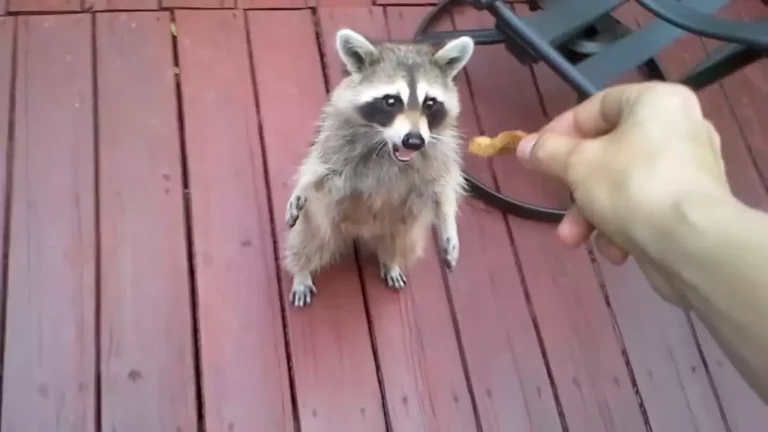
Raccoon Breeding :
Raccoons procreate from the end of winter through the beginning of spring. After a gestation of 65 days, the female gives birth to a litter of 3–4 young (most frequently). This indicates that the infants typically arrive in April, May, or June. The young are born in a nest or den built by the mother, where they remain for around seven weeks until beginning to explore their surroundings. The mother now begins shifting the infants between makeshift dens. In the late fall, the puppies leave their mother.
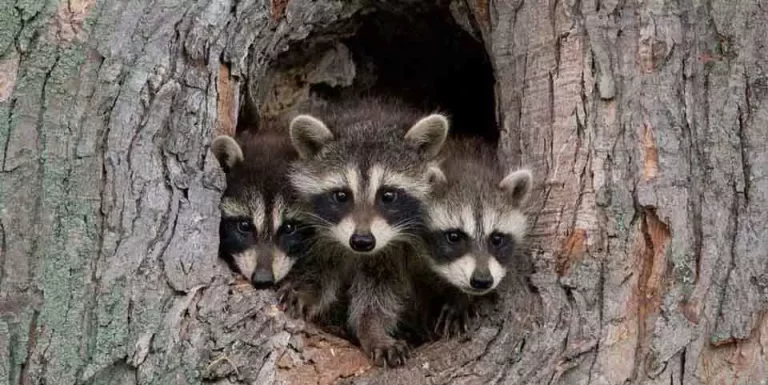
Raccoon Facts You Should Know :
- The name raccoon is derived from the Native American word ahrah-koon-em which means meaning “the one who rubs, scrubs and scratches with its hands” The word was introduced to European settlers by Chief Powhatan and Pocahontas.
- The European city of Kassel has the densest population of raccoons in Europe with about 50 to 150 animals per square kilometer (129–388 animals per square mile). They can be found in similar numbers in certain U.S. urban areas.
- The raccoon is primarily hunted and farmed for its skin but is used as food in certain areas of the southern USA. Raccoons were once a food source for many Native American groups.
